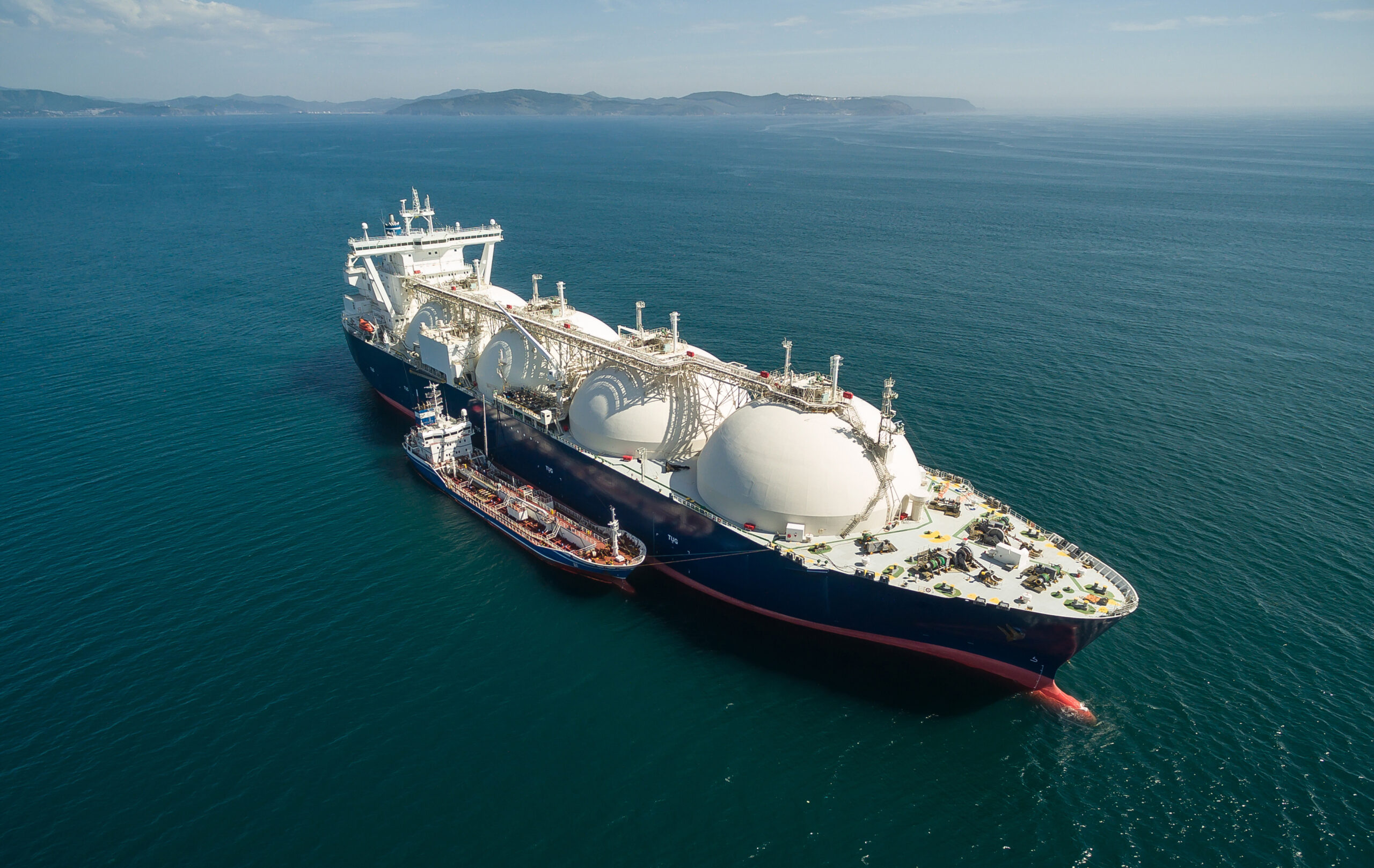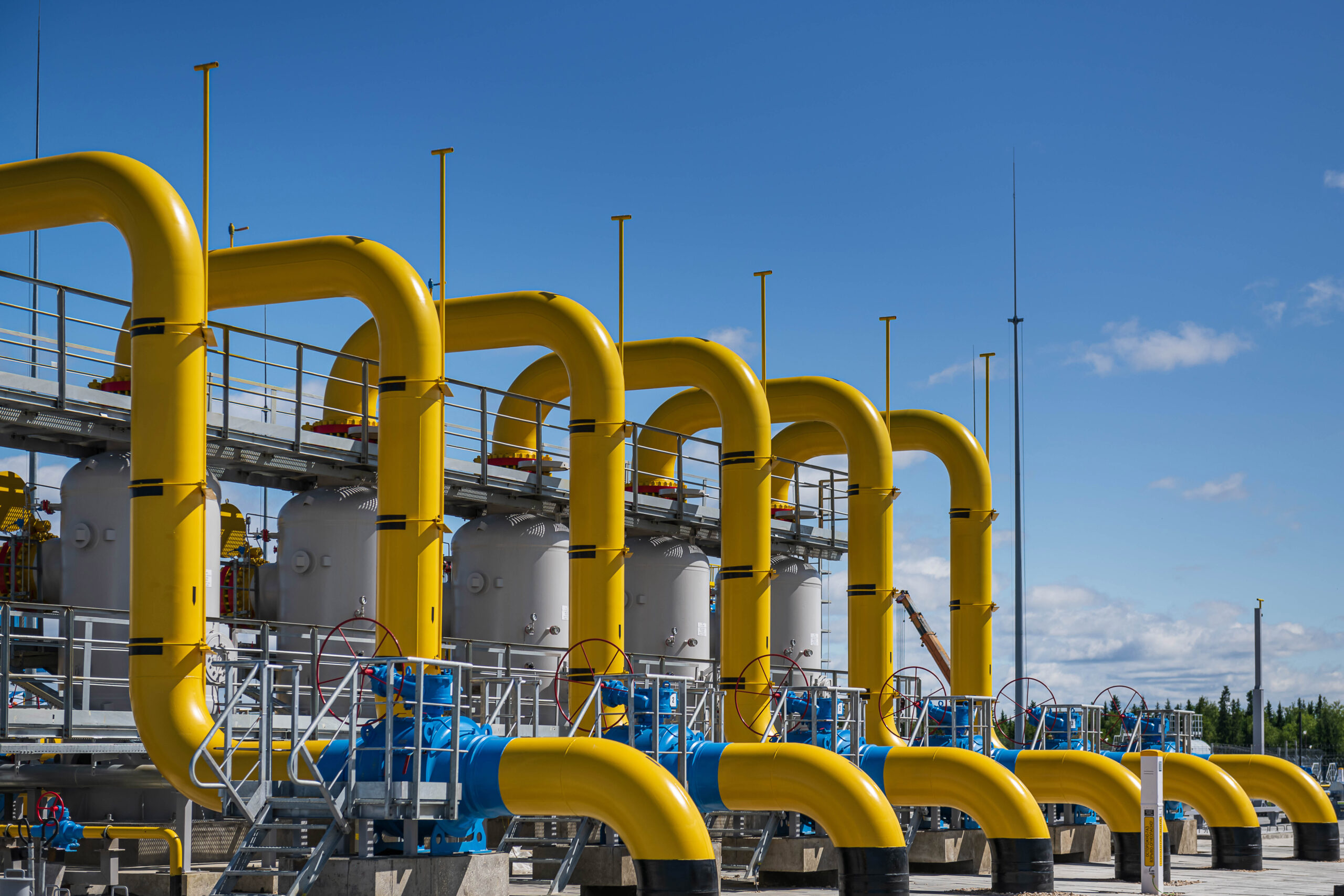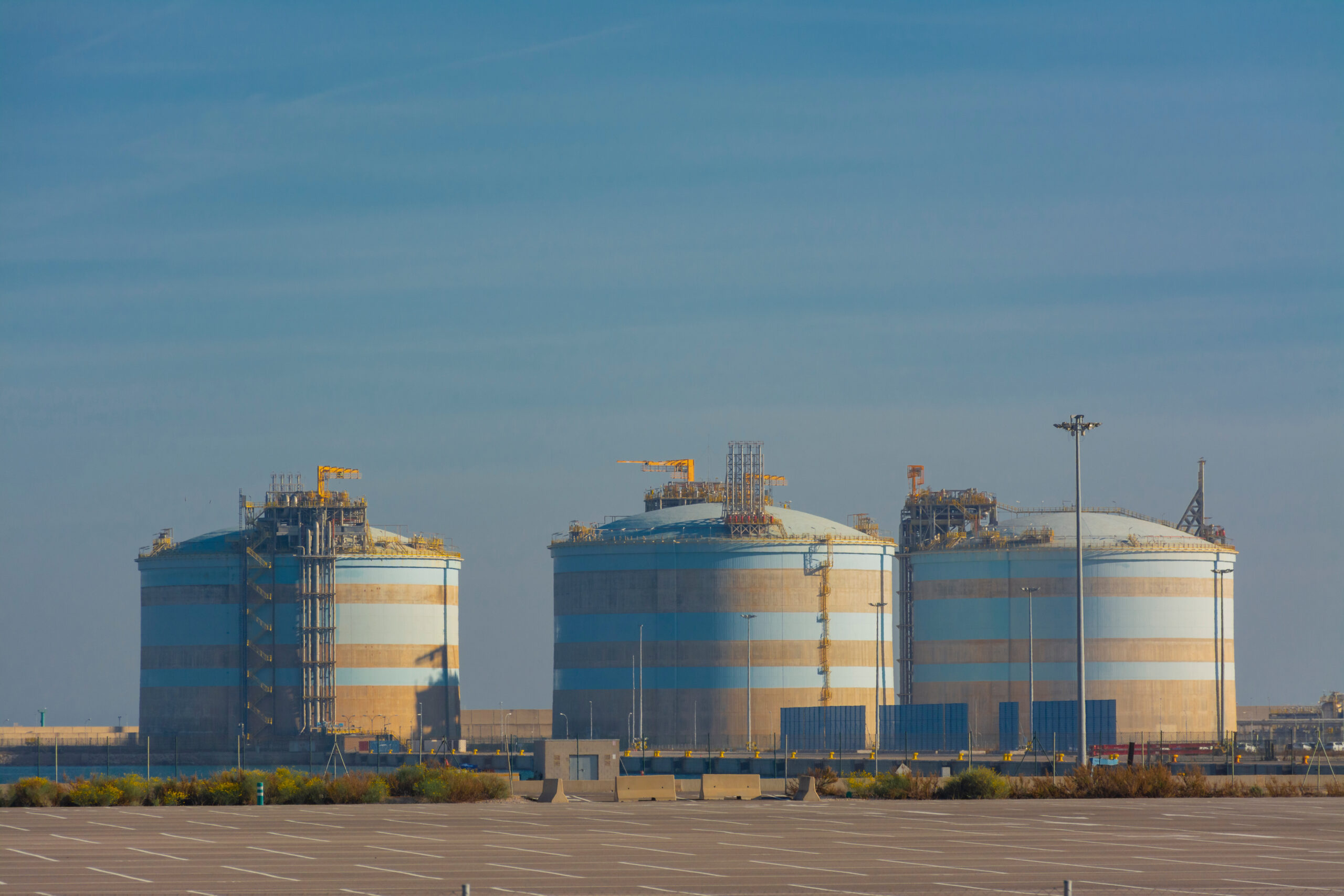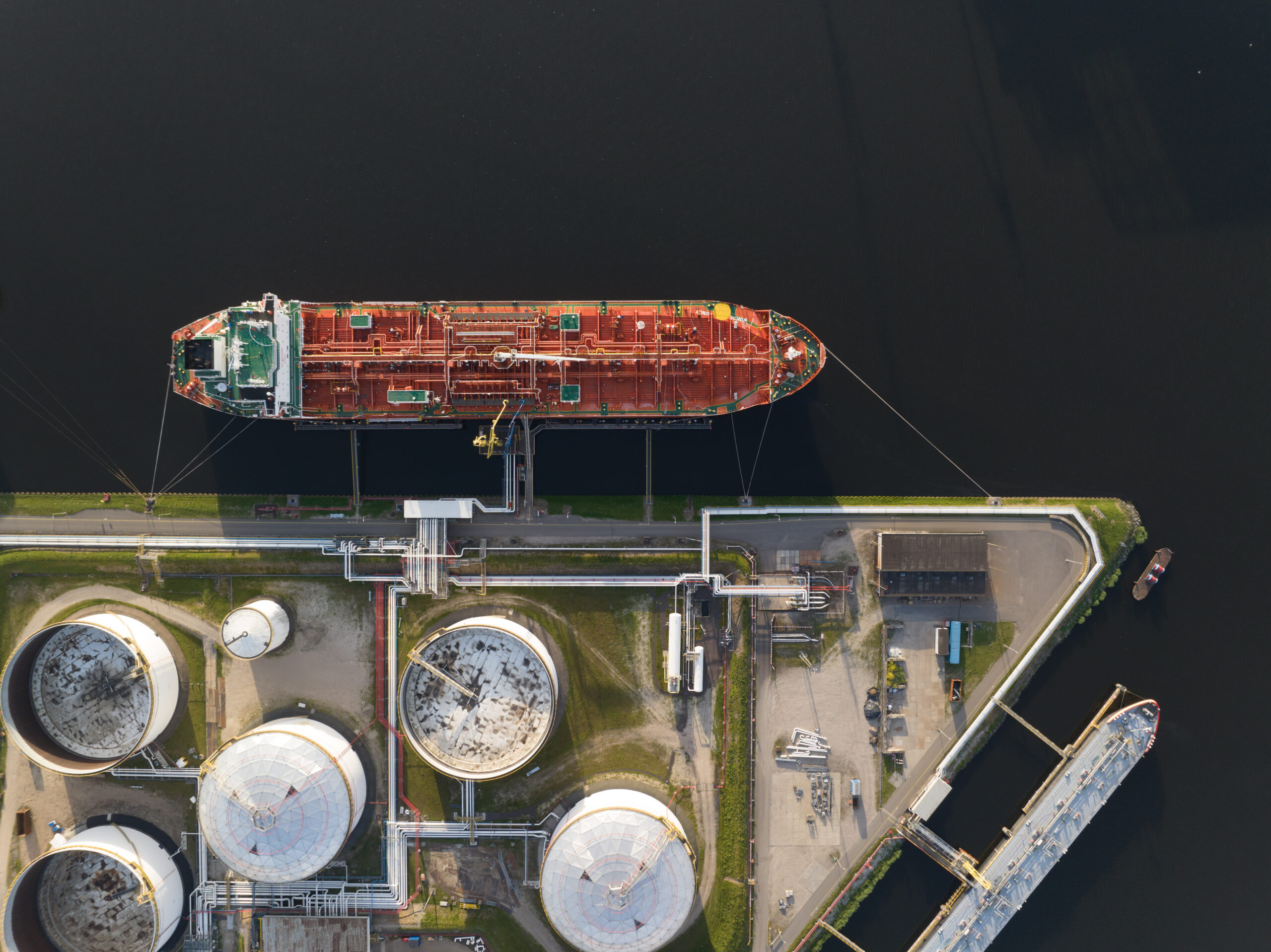“Mar 2024 marked a turning point after 18 months of price easing”
Sometimes it’s better to let charts do the talking. In today’s article we use 5 charts to set out the current state of play in gas markets.
We particularly focus on the drivers behind the nascent price recovery since Mar 2024 and whether it is set to continue.
1. Russian deficit is driving structural market tightness
Imagine someone awoke from a 3 year coma and you wanted to explain to them why the global gas market had structurally tightened. Chart 1 would be a good place to start.
Chart 1: Increase in global LNG supply versus decrease in Russian supply

Source: Timera Energy
Put simply, Russian supply cuts of pipeline gas to Europe as a result of the Ukraine conflict have significantly outweighed the growth in global LNG supply across the last 2 years. This has underpinned the transition to a higher price, tighter market regime.
2. Weaker demand behind price declines across last 18 months
The immediate reaction of the Russian supply cuts we show in Chart 1 was a ‘melt up’ in gas prices across 2021-22. Chart 2 shows how this price rise has eased significantly across the Q4 2022 to Q1 2024 period.
Why? Because gas demand has been much weaker than expected, particularly in Europe where demand remains 15-20% below pre-crisis levels.
Chart 2: Key Global Gas price benchmarks

Source: ICE, Timera Energy
The chart also shows how TTF & JKM prices have made a nascent recovery since Mar 2024. This has coincided with:
- A recovery in coal for gas plant switching levels (CSP) as coal & carbon prices have rallied
- A broader commodity price rally (e.g. copper, iron ore, oil) which may be signalling strengthening global commodity demand.
The increase in switching levels has a more direct impact on gas prices because of the key role that European power sector switching currently plays in anchoring global gas prices. If coal & carbon prices rise, this effectively shifts the competitive balance in power markets towards gas-fired plants, providing support for gas prices.
The impact of a broader commodity price rally is more subtle. It may be signalling an increase in demand expectations linked to a strengthening macroeconomic backdrop e.g. as a result of fiscal & monetary stimulus (particularly in China – the commodity consuming giant).
Let’s dig into some of the drivers behind the Q2 price recovery.
3. Asian LNG demand strength is supporting price rally
Asian LNG demand in 2023 was significantly weaker than expected, despite a substantial decline in JKM prices.
Chart 3 shows how this has started to change in 2024, with Asian LNG demand recovering strongly versus previous years (9% higher year to date vs 2023). This has been supported by strong demand from China, where imports reached record highs across Feb-April.
Chart 3: Asian LNG imports 2019-24

Source: Vortexa, Timera Energy
Why is Asian demand so important? Because it is the engine room of global LNG demand growth, particularly in China and the developing South & Southeast Asian markets like India, Pakistan, Thailand, Vietnam & Philippines.
Strong Asian demand is acting at the margin to draw cargoes away from Europe, helping to exert upward pressure on JKM prices and in turn DES NWE and TTF prices.
4. Prices have recovered most of their winter decline
JKM and TTF prices are closely anchored by Atlantic vs Pacific Basin LNG cargo arbitrage. These two key price benchmarks declined together in 2023 and are rallying together in Q2 2024.
Chart 4 shows the evolution of three forward curves across the last 6 months:
- End of Nov 2023 (heading into winter)
- End of Feb 2024 (coming out of winter)
- End of May 2024 (recent curve).
Chart 4: TTF forward curve movements across last 6 months

Source: ICE, Timera Energy
The chart illustrates how the forward curve has recovered a substantial portion of winter price declines across the last 3 months (Mar – May 2024).
While there has been a price recovery, 3 months does not represent a clear trend reversal from the steady price declines since late 2022. We are watching 3 key factors closely as a guide to whether the recent price recovery will continue:
- Extension of the commodity price rally, particularly coal & carbon driving power sector switching levels
- Strength of Asian LNG demand
- Any recovery in European gas demand, specifically industrial demand.
We’ll be following these closely on this blog as 2024 evolves. In the meantime we can shed some light on the impact of changes in demand & commodity prices using our global gas market supply & demand modelling analysis.
5. Inelastic supply & demand supports volatility
In Chart 5 we set out our modelled global market supply & demand balance for 2025.
This is an output from our Global Gas Model which has a full representation of supply & demand balance across (i) the LNG market & (ii) the European gas market. Comprehensive modelling of the European market is key given its importance in setting global LNG prices.
Chart 5: 2025 global supply & demand curve

Source: Timera Global Gas Model
This chart underpins 5 key conclusions on the current market state of play to finish the article:
- Structural tightness: Russian cuts have dragged the global supply curve to the left, only partially offset by weakening demand which shifting demand curve left; the result = higher prices vs pre-crisis
- Demand growth in Asia (or any recovery in Europe) can rapidly drive up prices given inelastic near term supply
- Switching levels remain key to setting prices, with increases in coal & carbon prices shifting up the global demand curve & gas prices
- Volatility is currently structurally higher than pre-crisis given the combination of relatively inelastic supply & demand setting marginal prices
- Market uncertainty remains from demand evolution & complex inter-market linkages, underpinning the importance of probabilistic analysis to support asset & portfolio value management.
We are about to publish our Q2 2024 Global Gas Report as part of our quarterly global gas service, with much more detail on gas market evolution, pricing dynamics and commercial & value implications.
If you would like a free redacted copy feel free to contact our LNG & Gas Director David Duncan (david.duncan@timera-energy.com).



